When the Walls Come Down
a dance show collaboratedwith Dance//Novella
“I believe that this project will continue inspiring others the way it did to all of us.”
- Cecilia Cortes
Present
︎ Vancouver International Dence Festival - 2022, 2023
︎ Sound off Festival (Edmonton) - 2023
︎ Vancouver International Dence Festival - 2022, 2023
︎ Sound off Festival (Edmonton) - 2023
Project Details
Project created by:
︎︎︎Dance//Novella (Racheal Prince & Brandon Lee Alley)
Length in minutes:
︎︎︎55 Min with no intermission - Full length
Audience:
︎︎︎General
Project created by:
︎︎︎Dance//Novella (Racheal Prince & Brandon Lee Alley)
Length in minutes:
︎︎︎55 Min with no intermission - Full length
Audience:
︎︎︎General
Key Collaborators
︎︎︎ Choreographers: Racheal prince, Brandon Lee Alley
︎︎︎ Storyline creation and development: Racheal Prince, Caroline Hébert, Anna-Belle Hébert, Brandon Lee Alley.
︎︎︎ Performers: Caroline Hébert, Racheal Prince, Brandon Lee Alley, Anna Belle Hébert
︎︎︎ Lighting designer: James Proudfoot
︎︎︎ Assistant Lighting Designer: Chengyan Boon
︎︎︎ Music: Brandon Lee Alley
︎︎︎ Mentor + Coach: Chris Dodd, Landon Krentz
︎︎︎ Costume + Set design: Racheal Prince
︎︎︎ Animation: Producer - Jill Tao
Designer/Animator - Kanako Takashima
Designer/Animator - Cecilia Cortes
Animation Lead - Arturo Acevedo
Storyboard Artist/Designer - Heena Yoon
︎︎︎ Choreographers: Racheal prince, Brandon Lee Alley
︎︎︎ Storyline creation and development: Racheal Prince, Caroline Hébert, Anna-Belle Hébert, Brandon Lee Alley.
︎︎︎ Performers: Caroline Hébert, Racheal Prince, Brandon Lee Alley, Anna Belle Hébert
︎︎︎ Lighting designer: James Proudfoot
︎︎︎ Assistant Lighting Designer: Chengyan Boon
︎︎︎ Music: Brandon Lee Alley
︎︎︎ Mentor + Coach: Chris Dodd, Landon Krentz
︎︎︎ Costume + Set design: Racheal Prince
︎︎︎ Animation: Producer - Jill Tao
Designer/Animator - Kanako Takashima
Designer/Animator - Cecilia Cortes
Animation Lead - Arturo Acevedo
Storyboard Artist/Designer - Heena Yoon
Inspired by Caroline Hebert's life story, the performance sheds light on stereotypes and difficulties that many Deaf Canadians may face.
When the Walls Come Down final trailer
About this project
This project is inspired by Caroline Hebert's life story, the performance sheds light on stereotypes and difficulties that many Deaf Canadians may face. We learn of her childhood as she shares that her parents never learned to sign and that she felt extremely alone and isolated. She tells us about the birth of her daughter and the pressure she was under to give up her baby because she is a Deaf mother. As Caroline grows older, she slowly finds her community and true sense of self. It’s impossible to not fall in love with her honesty and vulnerability throughout the performance.
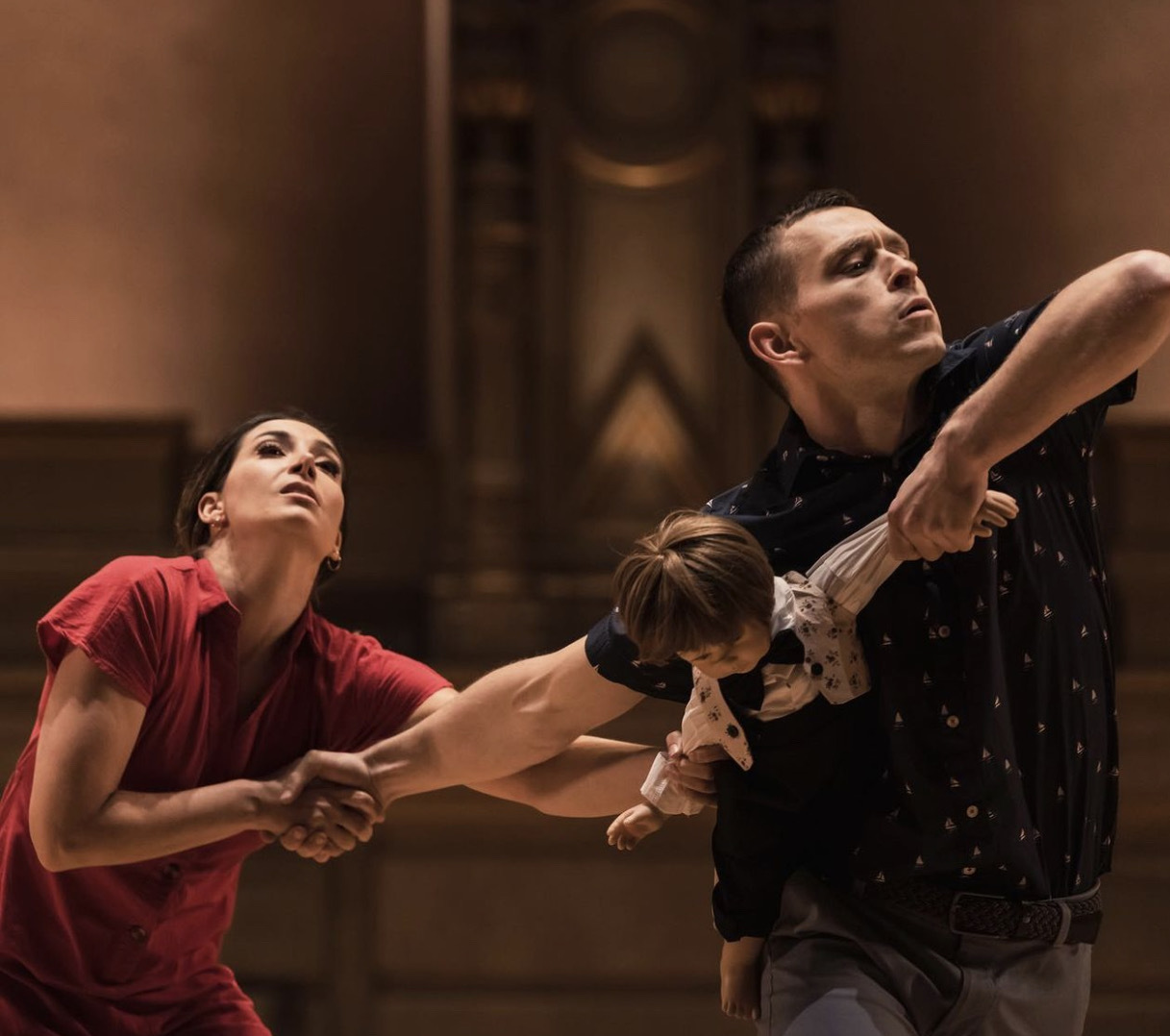
Built over a two year period, When the Walls Come Down stemmed from our admiration and curiosity for ASL. The initial phase introduced us to Caroline and her compelling life-story. Through this process, she helped educate us on Deaf culture and what it means to be a Deaf Canadian. We are excited to continue sharing WTWCD so that everyone may experience an imaginative, thought provoking journey that educates them and potentially connects them to a community outside of their own.
![]()
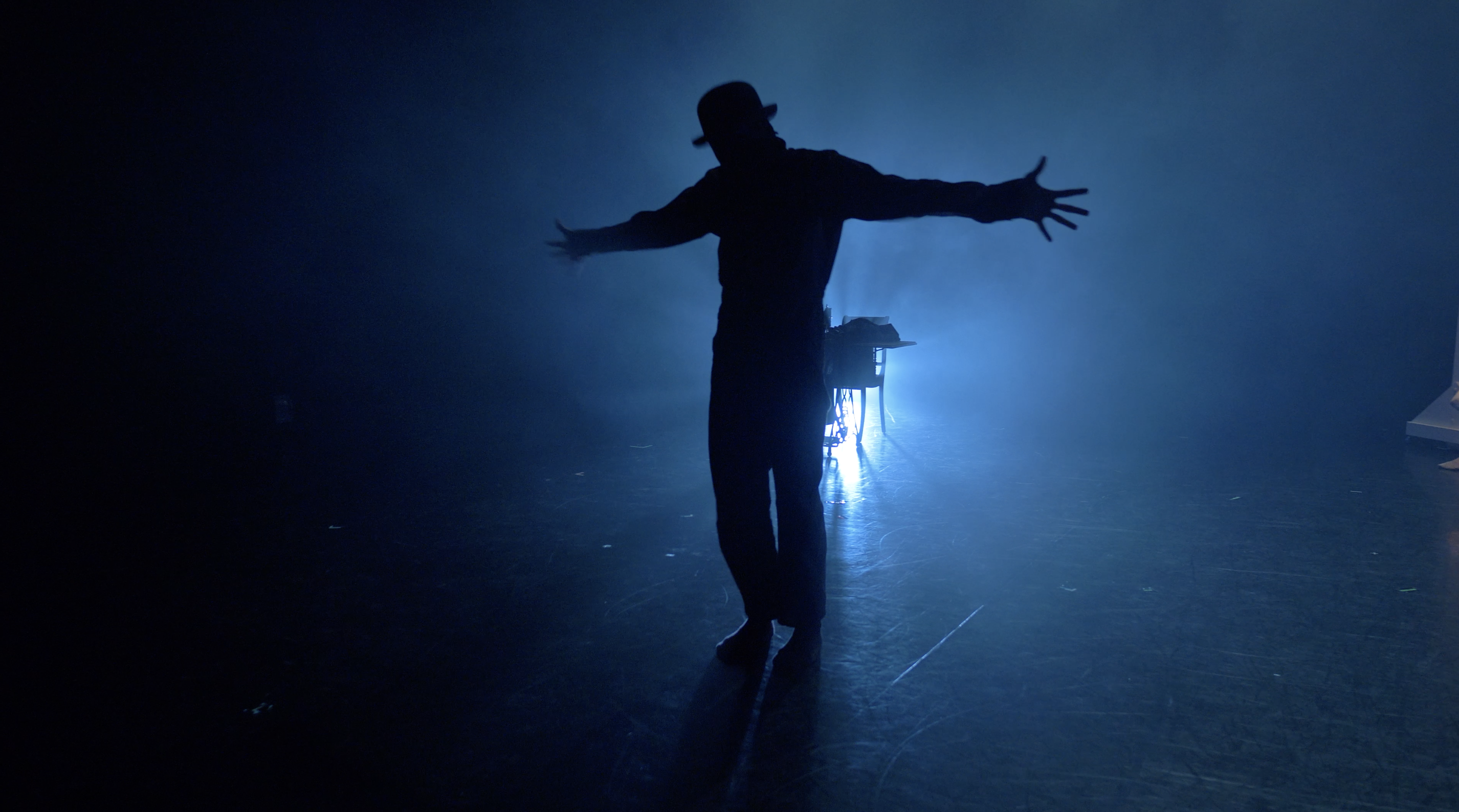
Our mission
Our role, as the animation team, was pivotal in bringing this story to life.
Our primary mission involved producing a central animation piece, accompanied by two complementary side animations.
In close collaboration with our partners, our objective was to leverage the potential of animation as a non-verbal means of communication and expression, mirroring the eloquence found in the language of dance.
Our mission was to infuse Caroline's inspiring story with greater depth and dimension, ultimately enhancing the narrative's richness and resonating with audiences on a deeply meaningful level.
“After reaching out to VFS, our project was taken on by talented young animators who brought the characters and motifs to life. We will always be grateful for the hard work and devotion of this entire team.“
-- Racheal Prince
-- Racheal Prince
“Ever since hearing the brief, I have seen the potential of this project. The themes are touching, and the script is engaging and has many creative outcomes. The mixture of arts and techniques is refreshing. The approach that best fitted this project was, coincidentally, one that matched the work I wanted to continue doing.“
-- Arturo Acevedo
-- Arturo Acevedo
“I believe that this project will continue inspiring others the way it did to all of us.”
-- Cecilia Cortes
-- Cecilia Cortes
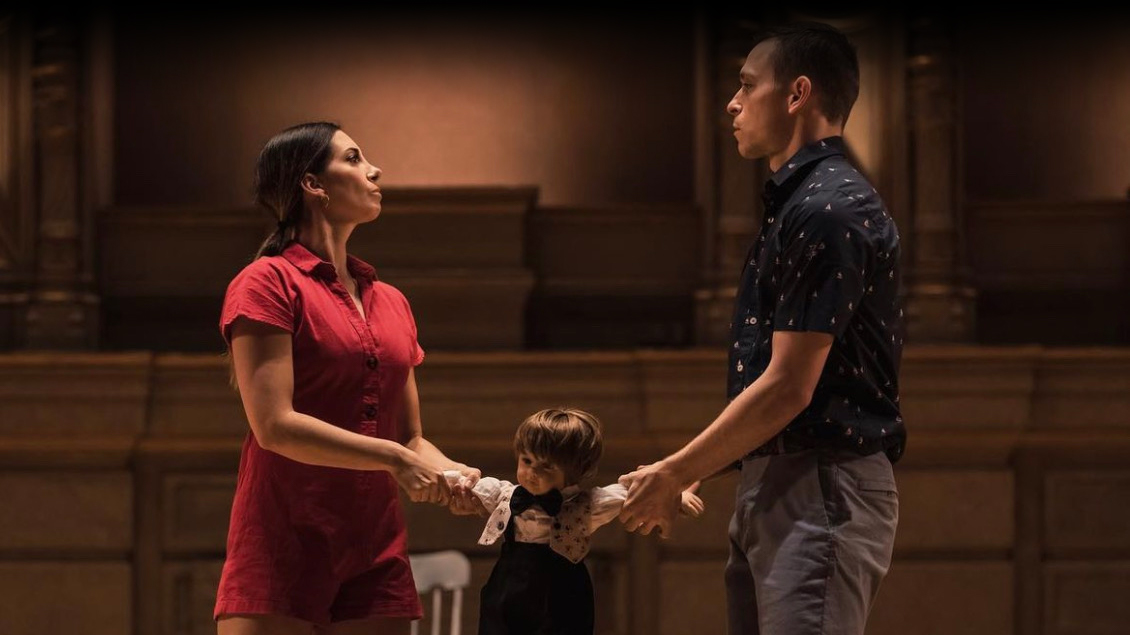
Our processes
1.
Outline & Brief
- Controlling idea
- Creative brief
- Team goal
- Initial research
2.
Script & Style
- Sketches
- Moodboards
3.
Storyboarding & Prep
- Animatic
- Storyboards
- Style frames
4.
Animation & Production
- Animation
5.
Audio Mix & Delivery
- Sound designs
- Editing
Step 1:
Outline & Brief
- Controlling idea
- Creative brief
- Team goal
- Initial research
Step 2:
Script & Style
- Sketches
- Moodboards
Outline & Brief
- Controlling idea
- Creative brief
- Team goal
- Initial research
Step 2:
Script & Style
- Sketches
- Moodboards
The best kinds of briefs often include the following: A quick overview of the background and objectives of the campaign, a short brand statement, key challenges that the campaign aims to resolve, their target audience for the campaign, their main competitors, the primary message describing the brand’s values and marketing positioning and lastly the communication channels on which the campaign will run.
This is where the outline of all the events taking place in animation are created, including dialogue, sound effects and music score. It is a crucial element in creating a killer explainer video. Along with the script, a visual style is created based on the client’s brand guidelines. This will include character design, eye candy illustrations, text, background colour and icons. We are basically creating a framework for the animation.
Initial Sketches

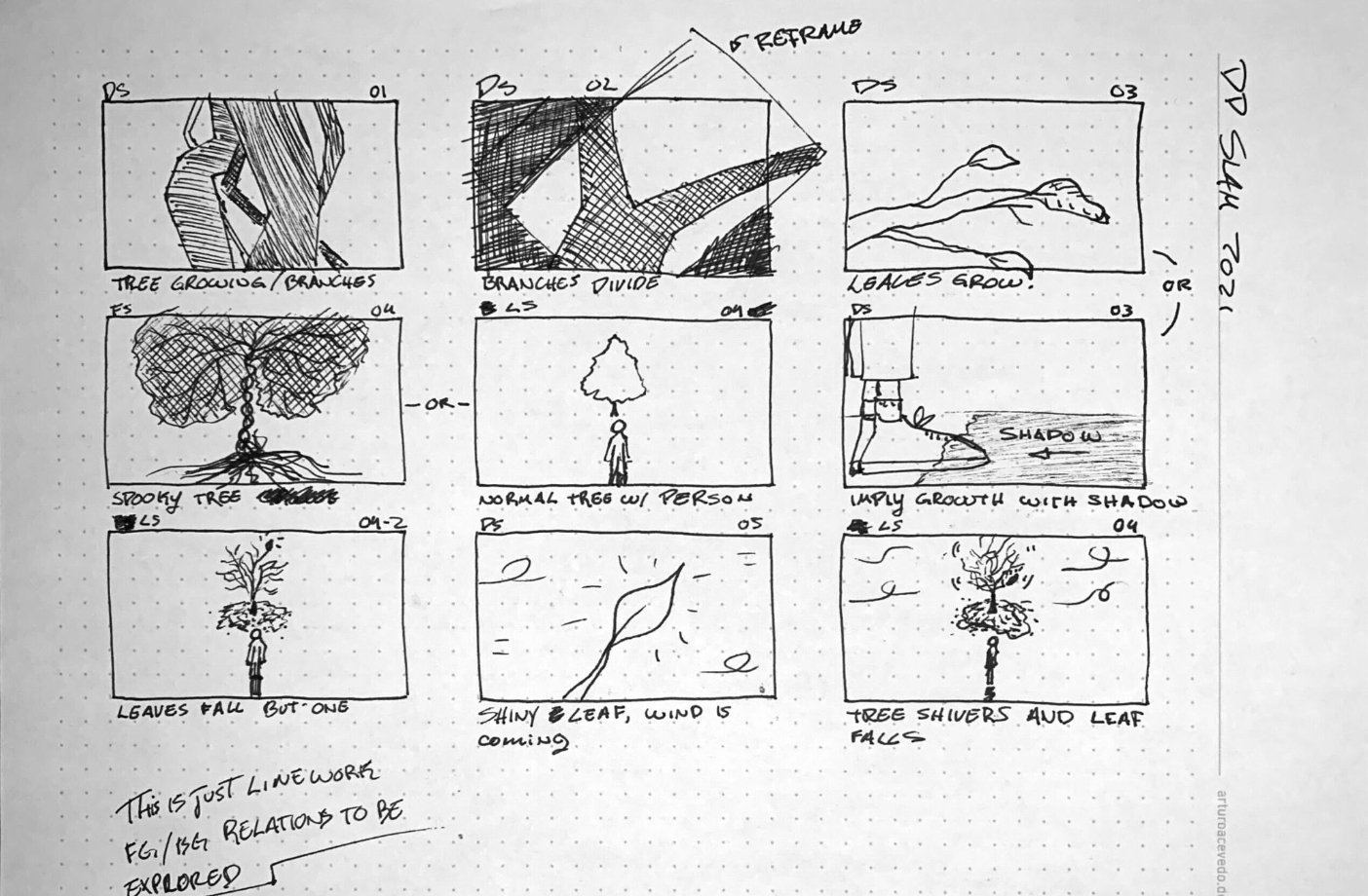

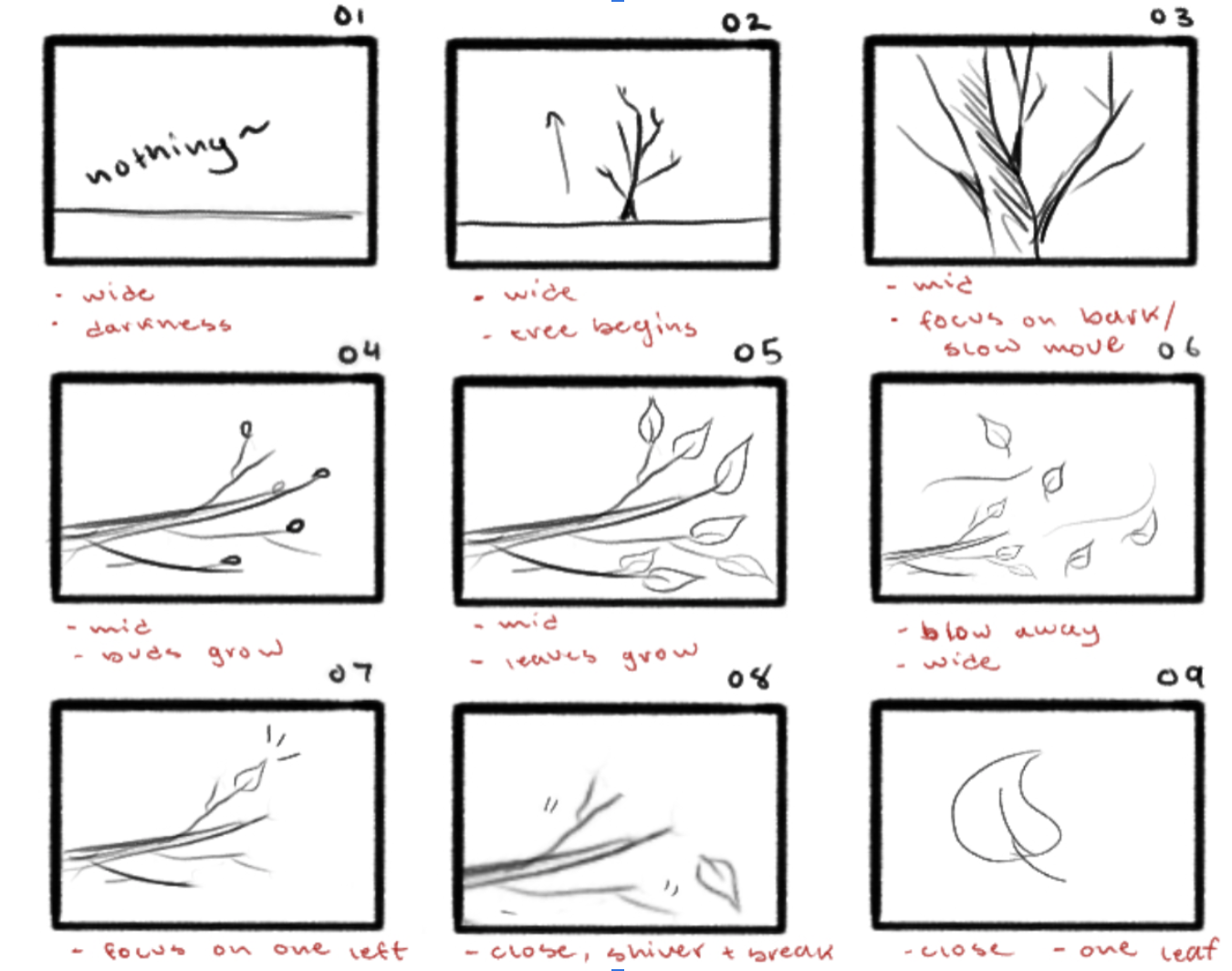
Initial Moodboard
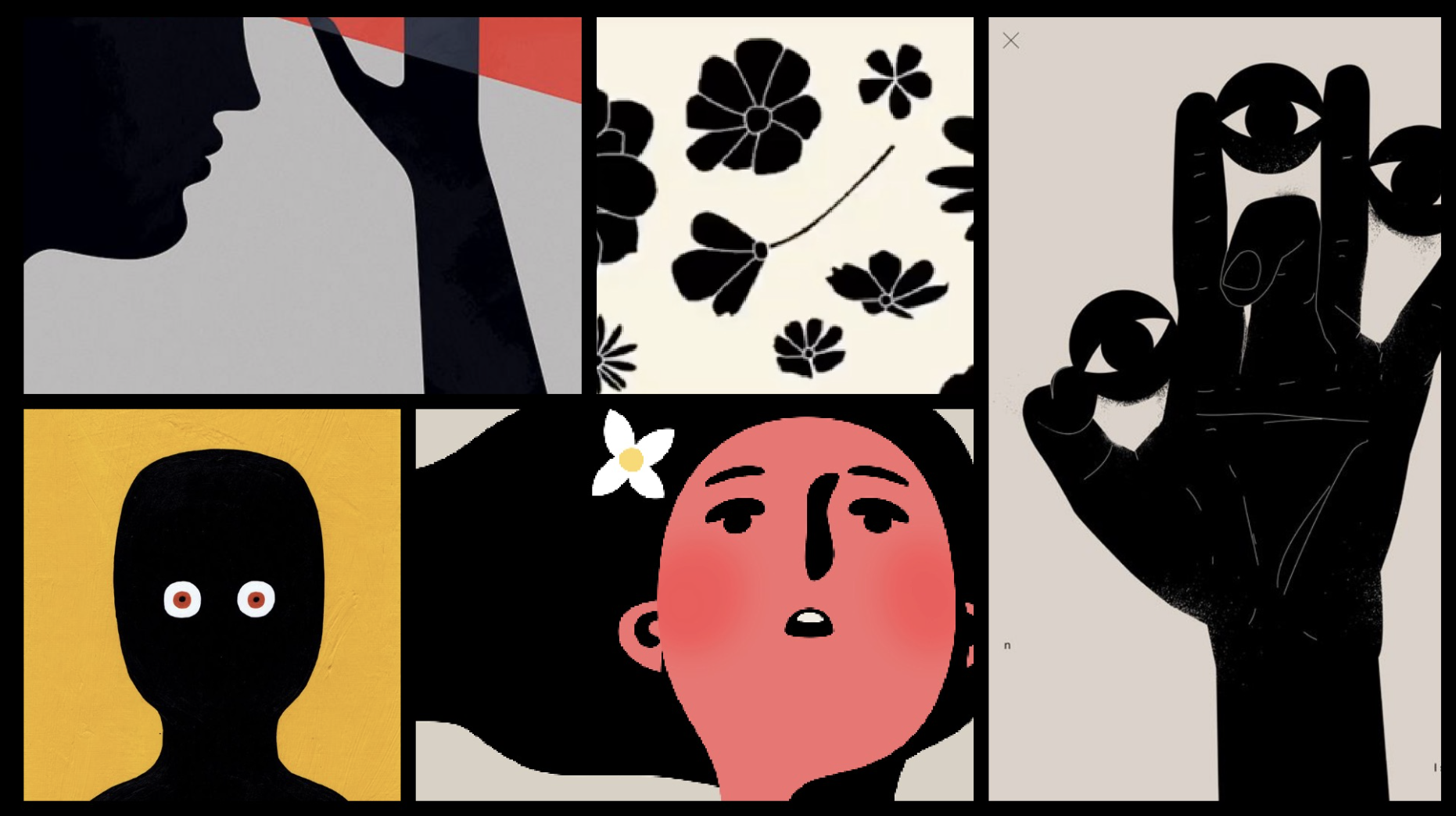
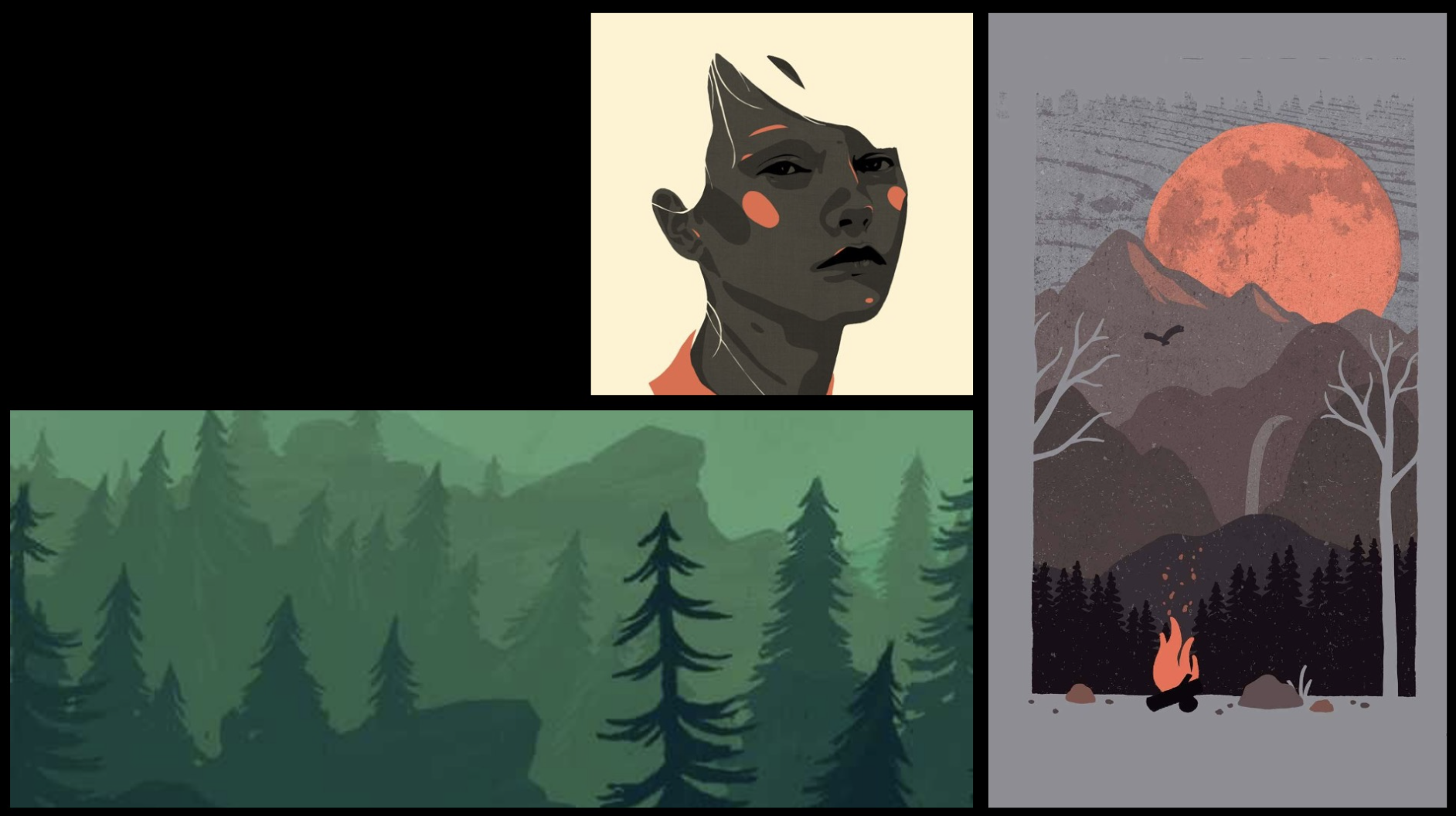

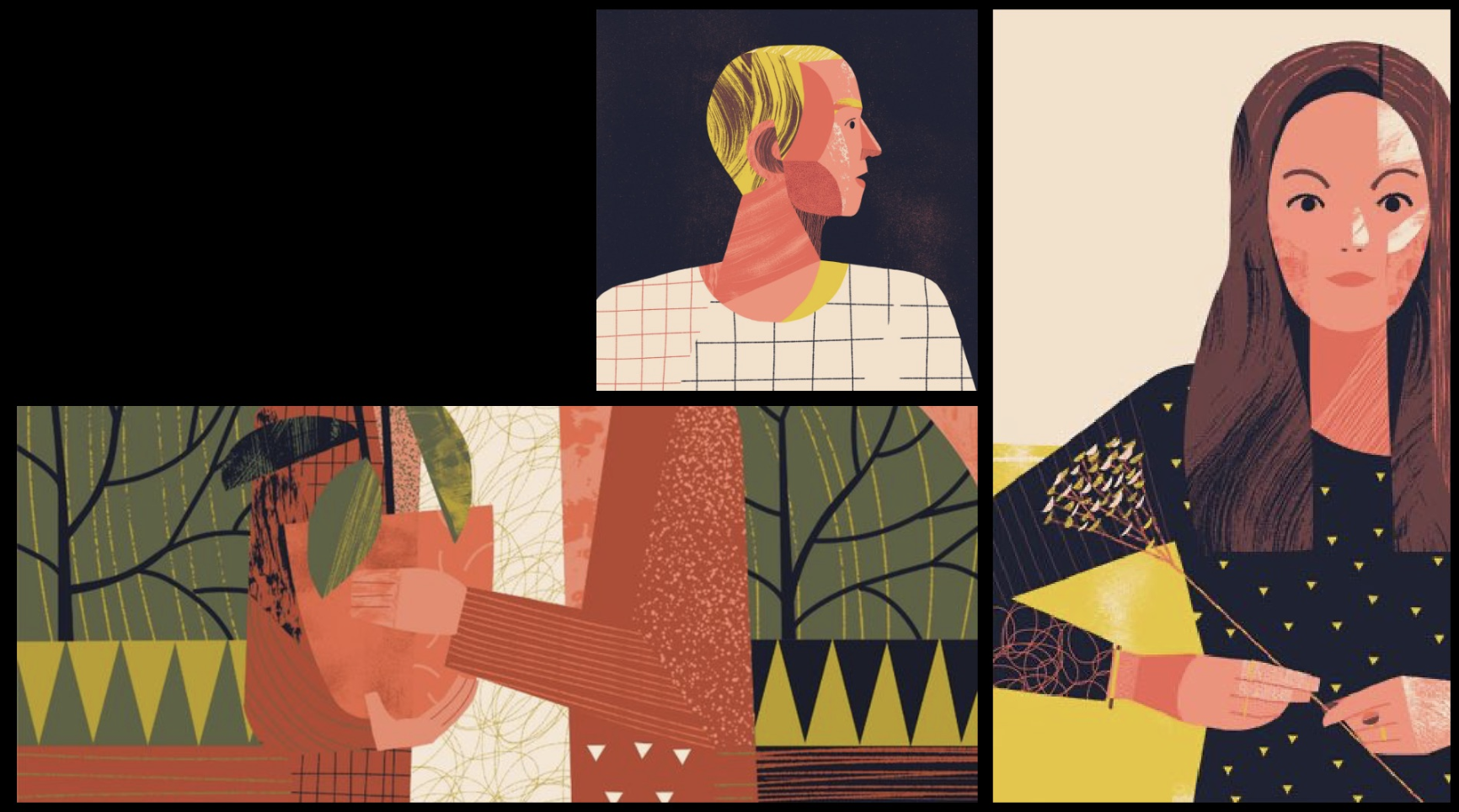

Step 3:
Storyboarding & Prep
- Animatic
- Storyboards
- Style frames
Storyboarding & Prep
- Animatic
- Storyboards
- Style frames
Now, this part is where a visual representation of the script is presented. It’s a document that shows the narrative flow of the video, scene by scene. The storyboard is like a map, guiding you through to the finish line of the animation.
Rough Storyboard
![]()
![]()
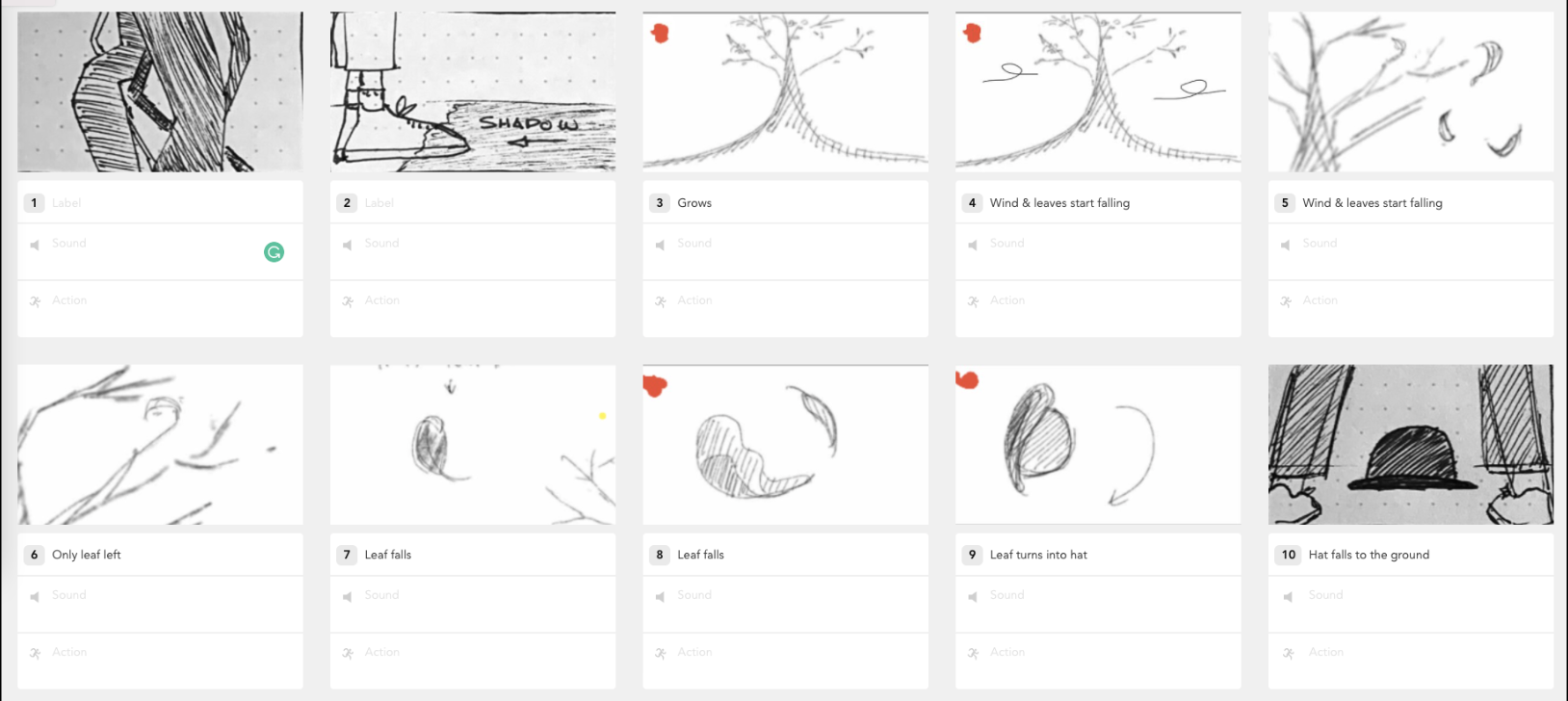

︎︎︎
Final Storyboard
![]()
![]()
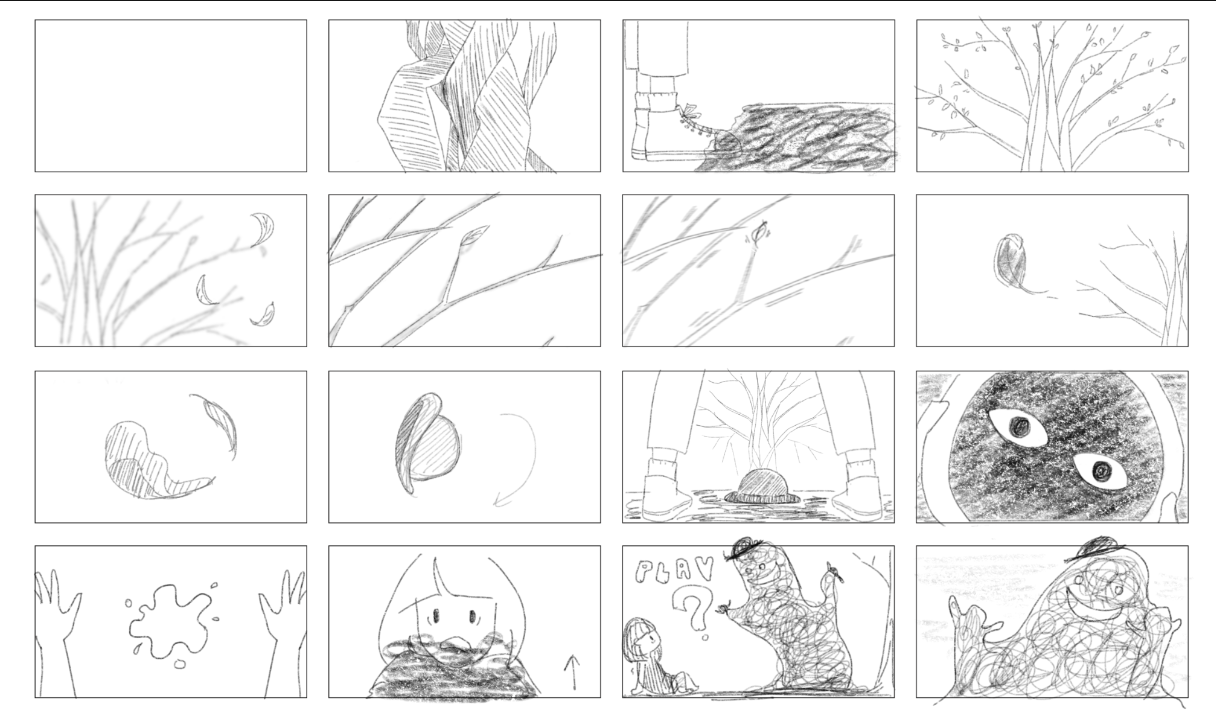

Animatic
Animation process
Step 4:
Animation & Production
- Animatic
- Animation
Animation & Production
- Animatic
- Animation
After the approval of the script and storyboard, we move on to putting words into action. This phase involves building the necessary images to go with the message. It requires great attention to detail and each step ensures the visuals are created in the production stage reflect the original concept.

Step 5:
Audio Mix & Delivery
- Sound designs
- Editing
Audio Mix & Delivery
- Sound designs
- Editing
Life is added to the story with the use of music we use sites like premium beat that offer great audio. Whether it be upbeat, a soulful melody, or additional sound effects. This stage gives the video its final look. The complete process of creating and editing the sound mixing, background music, and graphics are done during the production phase. After finalisation of the video, we send it to our partners for feedback and any necessary revisions are made.
Lessons Learned
- Break Large Tasks into Manageable Steps
One of the most valuable takeaways from this project is the importance of breaking down complex tasks into smaller, actionable steps. This approach not only enhances efficiency but also makes daunting projects feel more achievable.
- Accept and Manage Delays
I've come to understand that delays are an inevitable part of any project. Sometimes, external factors can cause unexpected setbacks, and it's crucial to acknowledge that not everything is within our control. Learning to adapt and adjust timelines accordingly is a skill I've honed.
- Prioritize Communication
Working on a substantial project emphasized the significance of clear and constant communication. Effective communication is the glue that holds a team together and ensures everyone is on the same page. It's a critical component when tackling large-scale projects and minimizing misunderstandings.
︎ behind the camera? ︎
Do not hesitate to contact me to discuss a possible project or learn more about my work.
open to work and collaboration open to work and collaboration open to work and collaboration open to work and collaboration open to work and collaboration






